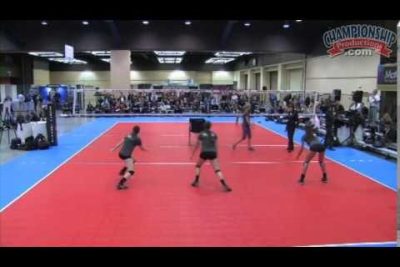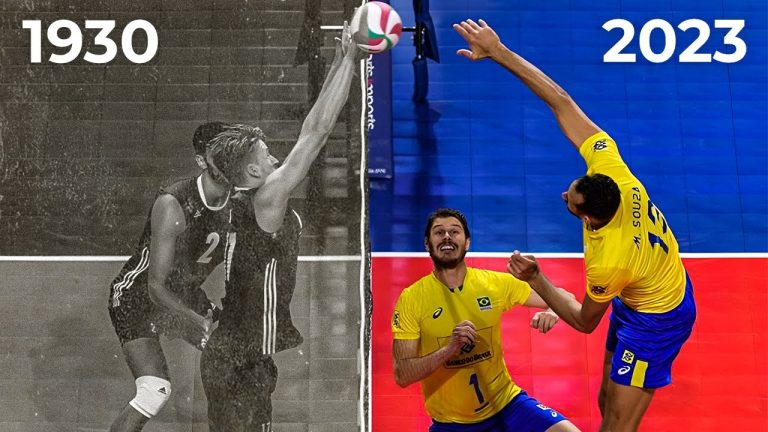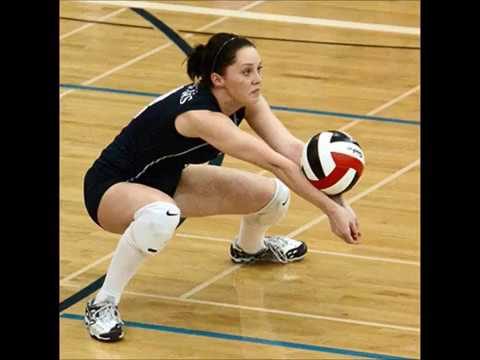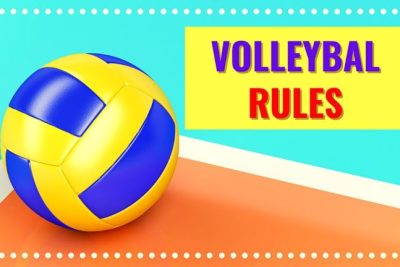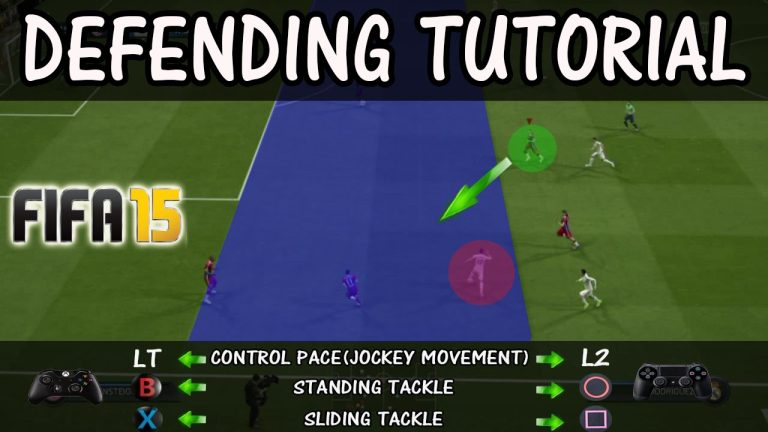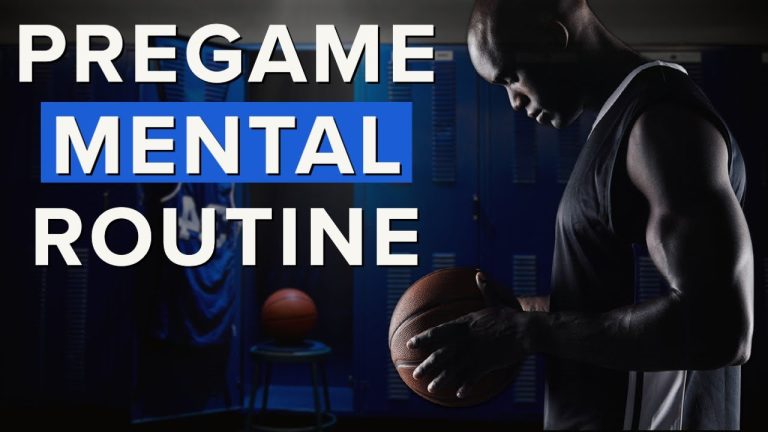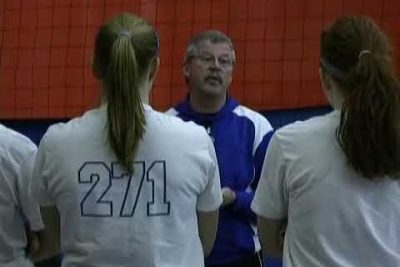
In the fast-paced and highly coordinated sport of volleyball, effective communication amongst teammates is crucial for success on the court. Enhancing in-game communication not only strengthens team dynamics but also maximizes strategic gameplay. From clear and concise signals to synchronized movements, the ability to effectively convey information in a split second can make all the difference between victory and defeat. In this article, we delve into the various techniques and strategies that can elevate in-game communication in volleyball, ultimately leading to a more cohesive and dominant team performance.
How can one enhance their volleyball communication skills?
To improve your communication in volleyball, it is crucial to develop non-verbal communication skills. While words are important, non-verbal cues and signals can greatly enhance the speed and efficiency of your team’s communication. By using hand signals, eye contact, and body language, you can quickly and discreetly convey messages to your teammates, allowing for better coordination and teamwork on the court.
In addition to verbal communication, mastering non-verbal cues in volleyball is essential for effective communication. Hand signals, such as pointing where you want the ball to be set or signaling a specific play, can help your teammates understand your intentions without the need for verbal communication. Similarly, maintaining eye contact with your teammates allows for quick and accurate communication during fast-paced rallies. Lastly, paying attention to your body language, such as your posture and movement, can convey important messages to your teammates, fostering better understanding and synchronization on the volleyball court.
What makes team communication important in the game of volleyball?
Effective team communication is crucial in playing volleyball for several reasons. Firstly, it allows teammates to establish clear expectations and goals for each other. By openly communicating their individual preferences and strategies, players can ensure they are on the same page and work towards a common objective. This helps in synchronizing movements on the court, leading to better coordination and increased chances of success.
Furthermore, team communication is vital for maintaining a cohesive and harmonious environment. Volleyball is a fast-paced sport that requires quick decision-making and seamless teamwork. Effective communication fosters a sense of trust and understanding among teammates, enabling them to rely on each other during intense game situations. It encourages players to support and motivate one another, creating a positive atmosphere that enhances overall team performance.
Lastly, embracing diverse communication styles is key to successful team dynamics. Not everyone communicates in the same way, and that’s okay. By being open-minded and understanding different communication preferences, players can adapt and find common ground with their teammates. This promotes inclusivity and encourages collaboration, resulting in a stronger and more unified team.
In conclusion, team communication plays a pivotal role in the game of volleyball. It facilitates clear expectations, fosters a supportive environment, and embraces diverse communication styles. By prioritizing effective communication, teams can enhance their performance, build stronger relationships, and achieve greater success on the court.
What is the impact of sports on communication?
Playing sports is not just about physical fitness, but also about developing strong communication skills. By being a part of a team, individuals have the opportunity to meet new people and forge meaningful connections. Spending ample time together on the same team fosters camaraderie and teamwork, ultimately enhancing social interactions and communication abilities. Whether it’s strategizing on the field or supporting each other during training sessions, sports provide a platform for individuals to improve their communication skills in a fun and engaging manner.
Engaging in sports is an effective way to enhance communication skills as it promotes collaboration and effective teamwork. When playing on a team, individuals must learn to communicate clearly and efficiently to achieve their common objectives. This involves not only verbal communication but also non-verbal cues and gestures, fostering a well-rounded approach to conveying messages. Through sports, individuals can develop their ability to listen, express ideas, and understand different perspectives, thereby becoming more effective communicators both on and off the field.
Spike Your Communication Skills: Mastering In-Game Connections in Volleyball
Enhance your communication skills on the volleyball court and take your game to the next level with our expert tips and strategies. Mastering in-game connections is crucial for a successful team, and our comprehensive guide will provide you with the tools you need to spike your communication skills. From effective hand signals to clear and concise verbal cues, we will help you develop a seamless communication system that will keep your team in sync and give you the competitive edge. Whether you’re a beginner or a seasoned player, our techniques will improve your ability to read the game and make split-second decisions, enabling you to anticipate your teammate’s next move and execute flawless plays. Don’t let miscommunication cost you points – invest in your communication skills and dominate the court.
Ace Your Communication: Unleashing Seamless In-Game Connections in Volleyball
In the fast-paced world of volleyball, effective communication is the key to success. As players sprint across the court, their ability to seamlessly connect with each other can make or break a game. With this in mind, mastering the art of in-game communication becomes crucial for any team aspiring to ace their performances. From precise hand signals that indicate play strategies to synchronized verbal cues, every player must be on the same page to unleash their full potential. By fostering clear and concise communication, teams can create a cohesive and unstoppable force, paving the way for victory on the volleyball court.
Setting up the Perfect Play: Enhancing In-Game Connections in Volleyball
Setting up the Perfect Play: Enhancing In-Game Connections in Volleyball
In the fast-paced and dynamic sport of volleyball, effective communication and strong in-game connections are crucial for success. Players must be able to anticipate each other’s moves, make split-second decisions, and work together seamlessly. By implementing strategic training exercises and fostering a culture of open communication, teams can enhance their in-game connections and elevate their performance on the court.
One way to enhance in-game connections is through specialized training drills that focus on communication and teamwork. For example, coaches can incorporate exercises that require players to constantly communicate and provide feedback to each other during gameplay. This not only strengthens the bond between teammates but also improves their ability to read each other’s intentions and make coordinated plays. Additionally, drills that encourage players to switch positions and adapt to different roles can help them understand the game from different perspectives, ultimately leading to better collaboration on the court.
Developing a culture of open communication is another essential aspect of enhancing in-game connections. Coaches should emphasize the importance of clear and concise communication among teammates, both on and off the court. Encouraging players to voice their thoughts, ideas, and concerns can foster a sense of trust and unity within the team. Moreover, setting up regular team meetings to discuss game strategies and analyze previous performances can provide a platform for players to exchange feedback and insights, further strengthening their in-game connections.
Ultimately, enhancing in-game connections in volleyball requires a combination of strategic training exercises and effective communication strategies. By investing time and effort into building strong relationships among teammates and providing them with the necessary tools and support, teams can set themselves up for success on the court. With enhanced in-game connections, players will be able to anticipate each other’s moves, execute seamless plays, and ultimately achieve their goals in the game of volleyball.
From Digs to Kills: Elevating In-Game Connections in Volleyball
In the fast-paced world of competitive volleyball, the key to success lies in the ability to seamlessly transition from digs to kills. It is through these in-game connections that teams are able to maintain a fluid and aggressive playing style, constantly keeping their opponents on their toes. By cultivating a strong sense of communication and trust, players are able to anticipate each other’s moves and execute precise passes and powerful spikes. Every dig becomes an opportunity for a kill, and every kill becomes a testament to the team’s unity and coordination. In elevating these in-game connections, teams are able to transform the game of volleyball into a mesmerizing display of skill and strategy, captivating players and spectators alike.
To enhance in-game communication in volleyball, teams must prioritize effective strategies that promote clear and concise exchanges between players. By implementing specific training techniques and encouraging open lines of communication, teams can ensure seamless coordination, leading to improved performance on the court. With enhanced in-game communication, players can anticipate their teammates’ actions, react more quickly to changing situations, and ultimately elevate their overall gameplay. By fostering strong communication skills, teams can position themselves for success and achieve their goals in the highly competitive world of volleyball.

